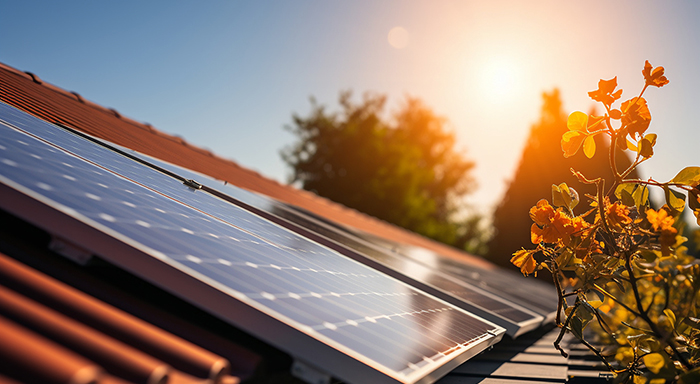Photovoltaic (PV) power generation plays a crucial role in micro-grids, which can be summarized as follows:
1. Serving as an Independent or Supplemental Power Source
Independent Power Source: In remote areas or regions not covered by the main power grid, PV systems can act as an independent power source, providing electricity to local residents and facilities. These areas might be difficult to connect to the traditional power grid due to their location or economic conditions, but PV systems can utilize the abundant local solar energy to supply power independently.
Supplemental Power Source: In areas where the power grid is unstable, PV systems can serve as a backup power source. If the main grid fails or experiences outages, the PV system can immediately kick in, supplying power to essential loads and ensuring the continued operation of critical facilities.
2. Enhancing Energy Efficiency
Energy Complementarity: In a microgrid, PV systems can work in tandem with other distributed energy resources (such as wind power and energy storage) to create a complementary energy system. With the help of intelligent control systems, these energy sources can be coordinated to maximize overall energy efficiency.
Optimizing Power Dispatch: Although PV power generation can be variable, in a microgrid, this variability can be managed by combining PV systems with energy storage and smart control systems. This allows for smoothing out the power output and ensuring stable electricity supply. Additionally, the microgrid can dynamically adjust the proportion of PV power and other energy sources based on load demand, further optimizing power dispatch.
3. Increasing System Reliability and Stability
Island Mode Operation: If the main grid fails or is disrupted by natural disasters, the microgrid can switch to island mode, continuing to provide power to local loads. PV systems, as a key component of the microgrid, play a crucial role in maintaining uninterrupted power supply to critical facilities during such events.
Rapid Fault Recovery: PV systems have the advantages of quick response and flexible control. When the microgrid encounters a fault, the PV system can rapidly adjust its output to help restore power quickly. Moreover, PV systems can work together with other distributed energy sources to address system faults and emergencies effectively.
4. Promoting the Integration of Renewable Energy and Environmental Protection
Facilitating Renewable Energy Integration: As a clean and renewable energy source, PV power generation supports the integration and adoption of renewable energy in microgrids. Intelligent control systems can optimize the use of PV energy, increasing the proportion of clean energy in the microgrid.

Environmental Protection and Energy Saving: PV systems do not produce pollutants or greenhouse gases during operation, making them environmentally friendly. The widespread use of PV power in microgrids helps reduce dependence on traditional energy sources, lower carbon emissions, and achieve environmental protection and energy-saving goals.
In summary, PV power generation in microgrids serves as an independent or supplemental power source, enhances energy efficiency, improves system reliability and stability, and promotes the integration of renewable energy and environmental protection. As technology continues to advance, the role of PV power in microgrids will become even more significant.







